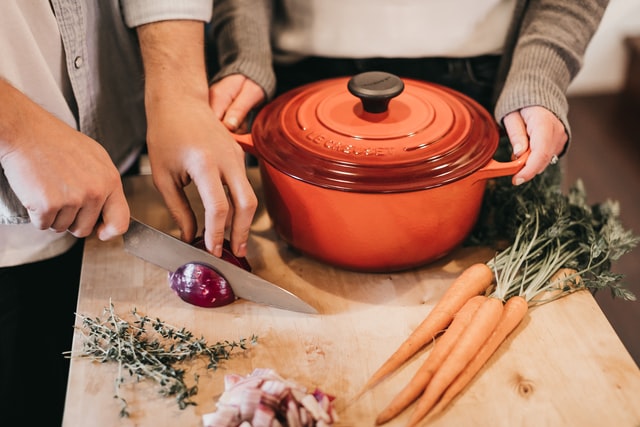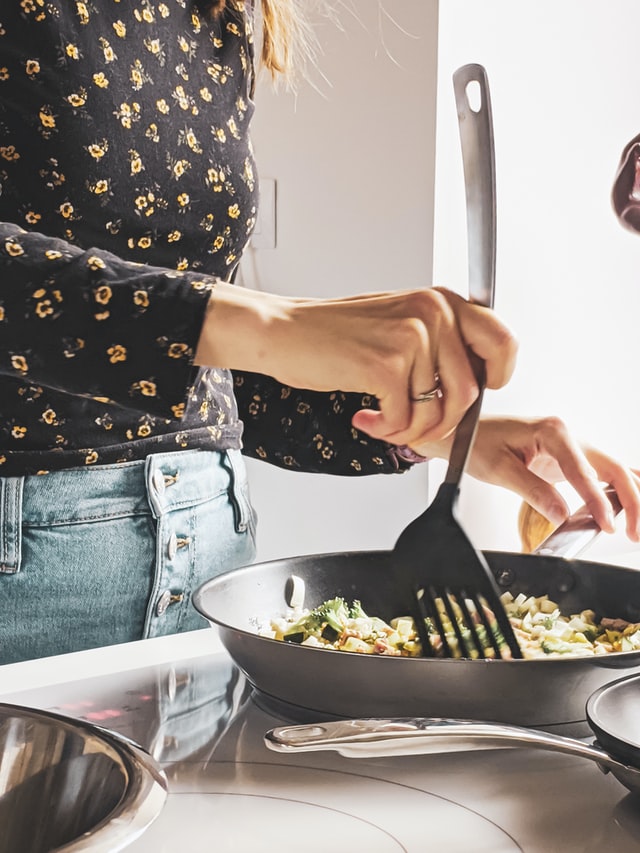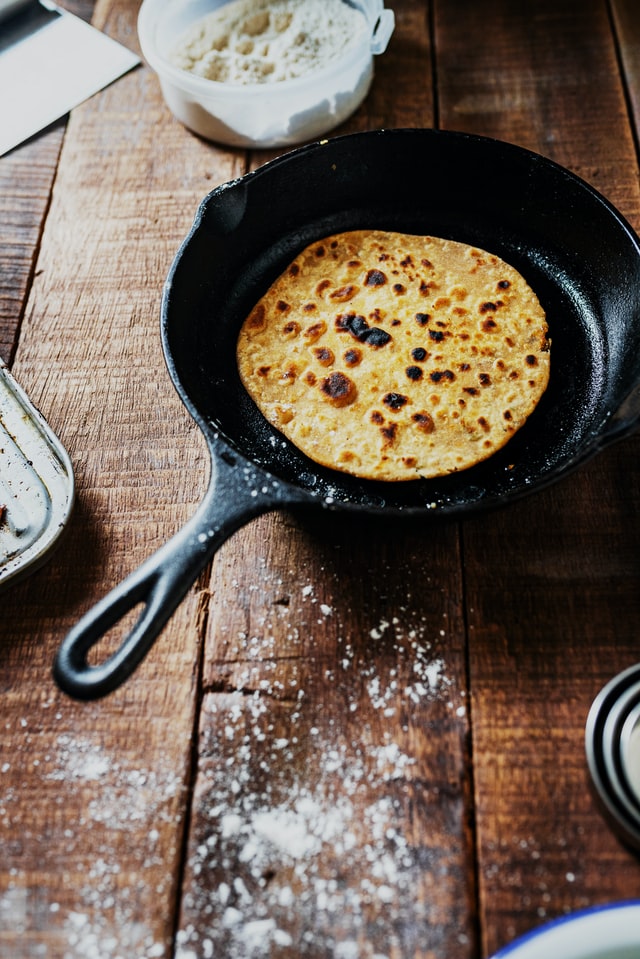Who needs a guide to essential kitchen gear? Maybe you know of a recent college graduate who is finally starting life on their own, perhaps in their first real apartment? Or a transplant from another country who wants to stock a new kitchen from the ground up? Or perhaps a buddy who has lately developed an interest in cooking but lacks the necessary equipment?
We’ve All Been There Before…
We’ve all been there before, a bare kitchen and no idea what is important and what can wait. Have no fear, the products on this list are ideal for beginning cooks in one manner or another. We’ve broken it into three parts: The first two sections contain our choices for the very most necessary gear—no frills, no extras, and nothing that won’t be used again and over again for years to come. The third section contains a few products that, while not strictly necessary, will undoubtedly make your culinary life a lot simpler. (We can also provide you with helpful organizational advice and storage ideas.)
The Essentials
These are items you will absolutely need if you’re planning on making anything beyond sandwiches and instant ramen. Some of these may seem superfluous, but, trust me, many recipes floating around the internet will have you reaching for the items on this list.
Some Variety of Chef’s Knife
An excellent chef’s knife is a kitchen companion for life, useful for virtually every activity from boning a bird to cutting carrots or mincing herbs. You want a long-lasting, forged-steel chef’s knife with a balanced handle, a complete tang (meaning the knife is made from a single piece of metal that goes right through the handle), and robust riveted construction.
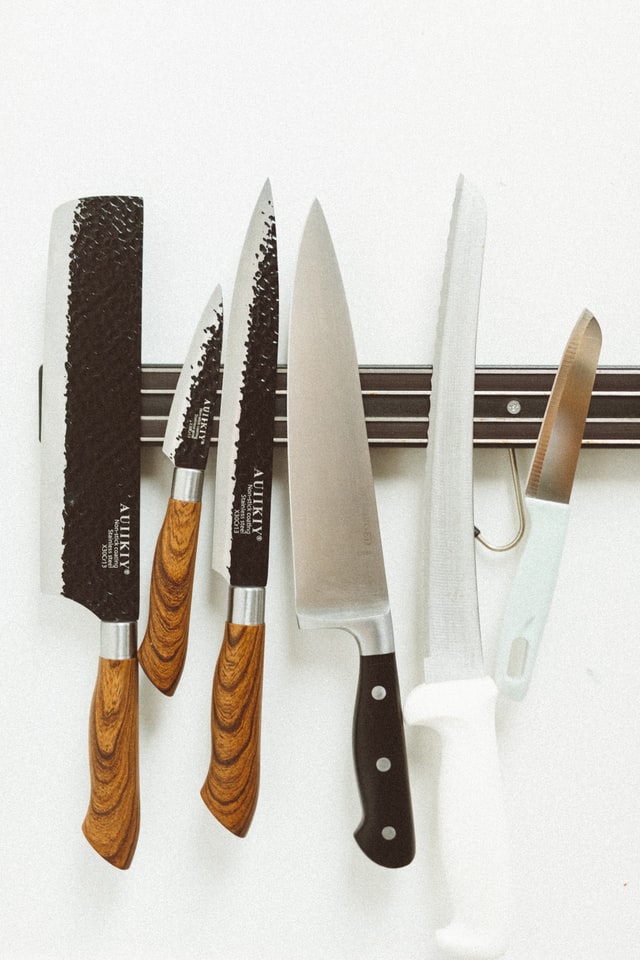
While we strongly recommend saving up for “the one”—that high-quality knife that feels absolutely perfect in your hand—if you’re just getting started, we recommend looking to mid-priced western-style chef’s knife. A decent chef’s knife may still be one of the more expensive tools you buy when building a kitchen from scratch, but trust us when we say it will be worth it. If you really want to know more, may I recommend a three-part post that we have put together about knives and knife skills. You can find it by clicking here.
A Knife with a Serrated Blade
Though a chef’s knife is more useful and versatile, a good serrated knife, often known as a bread knife, is difficult to replace: Nothing cuts through the delicate crumb of fresh bread or the skin of a ripe tomato like its saw-toothed blade.
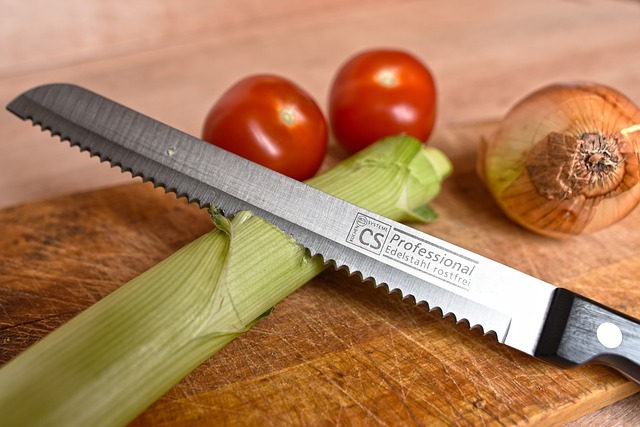
Because of the serrated edge, your bread knife will be difficult to sharpen and will need to be replaced every five years or more. There is no reason to spend a lot of money on one. In our study of the best serrated knife, we discovered that the Tojiro Bread Slicer 235mm F-737 features a somewhat flexible blade that aids in more delicate jobs, such as skinning thick winter squash, as well as sharp teeth that slice neatly through everything you throw at it.
A chopping board(Super Essential)
There’s nothing wrong with purchasing a lovely and expensive wooden cutting board if you have any extra cash. It’s a wise investment because wood contains fewer germs than other materials and is easier on your blades. However, it takes upkeep, and if you’re looking for a lower cost, a heavy-duty plastic board, ideally with rubberized grips, would suffice.
Forget about the teeny-tiny foot-wide cutting boards for regular use: They make cooking for more than one person a chore, and if you’re purchasing stuff for someone else, you should be encouraging them to cook for others (particularly you), right? OXO’s large 15-by-21-inch cutting board is a strong contender.
A 12″ Cast Iron Skillet (and a Stainless Steel One, if You Can Swing It)
We consider this item essential because of its versatility and the fact that you may never need to replace it. A quality, cast iron skillet is the pan you grab for whether searing a steak, sautéing vegetables, creating a frittata, baking Southern-style cornbread, or even making no-knead pan pizza. Its substantial weight aids in heat retention, and its tough construction ensures that it will be there even after your demise (and, most likely, your heirs)—not bad for a $40 piece of cookware. A 12-inch pan will be enough for almost any recipe.
You may have heard that care for cast iron involves a significant amount of effort. Not at all! Cast iron is actually a lot easier to use than most people realize, and it just takes about 30 seconds to wash it dry, massage some oil into it, and reheat it after each usage. You can even clean it some of them with soap and water!
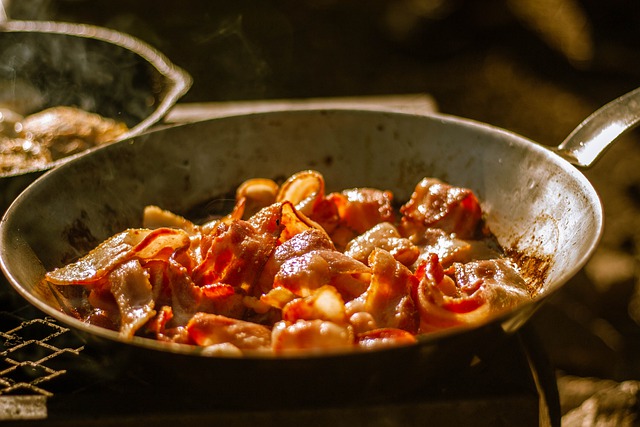
A cast iron pan will carry you through a wide range of culinary activities, but if you have room in your starter-kitchen budget for a tri-ply stainless steel skillet, add it to your list as well. Stainless steel conducts heat really well. It’s even a better conductor of heat than cast iron, making it essential for activities such as sautéing vegetables; it is also lighter in weight, making it simpler to operate. These things can last a long time is you get a decent quality piece. I favor an All-Clad 12” that I rummaged at a TJ Maxx over 10 years ago.
A Nonstick Saute Pan
In a well-seasoned, well-cared-for cast iron skillet, you can cook just about anything. Having said that, when it comes to preparing egg dishes like omelettes and scrambled eggs, as well as delicate things like crepes, a contemporary nonstick surface is unbeatable.
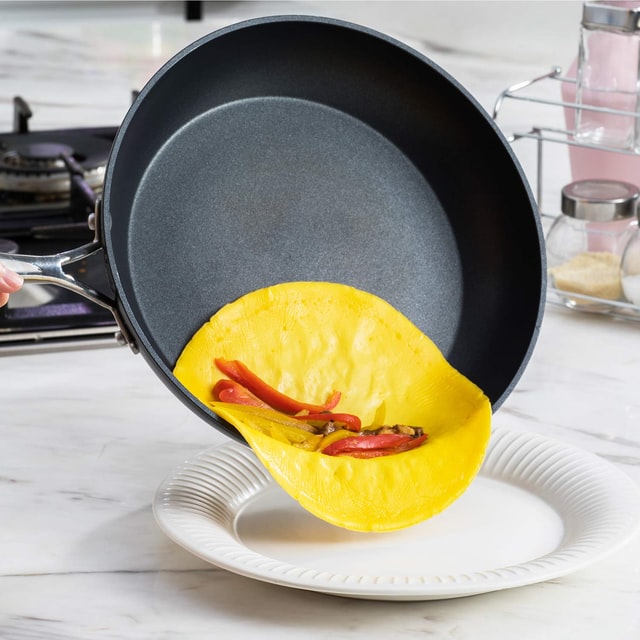
Fortunately, adding another skillet to your collection won’t break the bank—no nonstick pan is built to last, so there’s no reason to buy nonstick skillets cheap. This is one reason it made it onto the essential side of this argument. Our favorite is the Farberware 10-inch nonstick skillet, but any reputable restaurant supply store will have something comparable.
3-quart Saucier or Saucepan
A quality saucepan in a flexible size is essential for preparing most sauces, from béchamel to caramel, as well as custard desserts like butterscotch pudding, to ensure that the contents heat uniformly and the end result is velvety-smooth. A saucier, with its slightly sloping edges, is even better than a saucepan for thorough whisking.
Look for one that combines the strength and durability of stainless steel with the greater heating capabilities of aluminum, such as Calphalon’s three-quart chef’s pan. It’s not the cheapest pot on the market, but it’s a value compared to our top selection (All-Clad’s three-quart saucier), and, like your chef’s knife, this is one piece of equipment you don’t want to scrimp on.
The Essential Dutch Oven with Enameled Surfaces
This thing epitomizes what we consider essential. Slow braises and soups are great in an enamel-coated cast iron Dutch oven. The pot’s thick walls and heavy cover are perfect for low-and-slow heat transmission in the oven, resulting in juicier and more tender stews and pot roasts with little evaporation during cooking.
When cooking big amounts of meat and vegetables at once, its tall, broad sides absorb heat effectively and guarantee quick, splatter-free browning. It’s also perfect for deep-frying, boiling pasta, and—if you or your giftee is routinely working late and struggles to find time for healthy home-cooked meals—large enough to prepare a batch of stew or soup on Sunday that will last all week.
The traditional Dutch oven from legacy brand Le Creuset, a long-standing recommendation of ours, received top honors in our assessment of the best cast iron Dutch ovens. However, if you want something more cheap, especially for a beginning kitchen, the somewhat smaller Cuisinart performed admirably in our testing and will serve you for years.
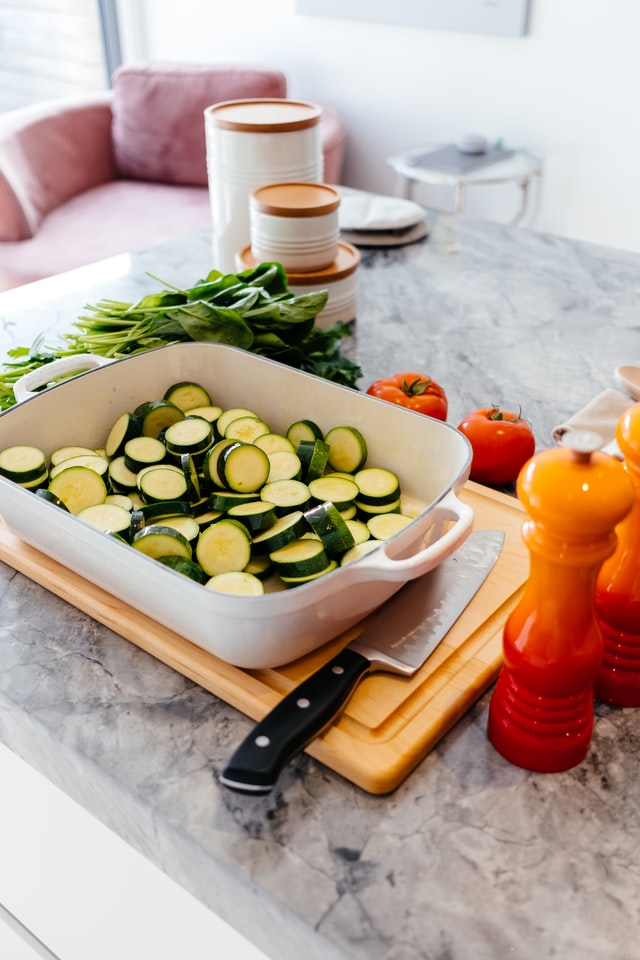
A Big Baking Dish
A good-sized casserole, like the Dutch oven, is essential for large-batch comfort-food recipes that you can enjoy throughout the week or even freeze for later use—think velvety spinach lasagna and shepherd’s pie topped with thick, buttery mashed potatoes. These tempered glass and porcelain baking dishes aren’t very attractive, but they were determined to be robust, practical, and simple to clean, not to mention affordable, in our search for the finest baking dishes. I prefer tempered glass for baked products like Rhubarb Crisp due to its heat conductivity and nonreactive surface.
To Be Continued…
That’s a lot of info take in all at once, but there is still more! We decided to spin this post into three parts so that you don’t overload and miss out. Part Two continues our dive into what we consider the essential and part three touches on items we find infinitely useful, but not having them wouldn’t kill you. See you soon!
